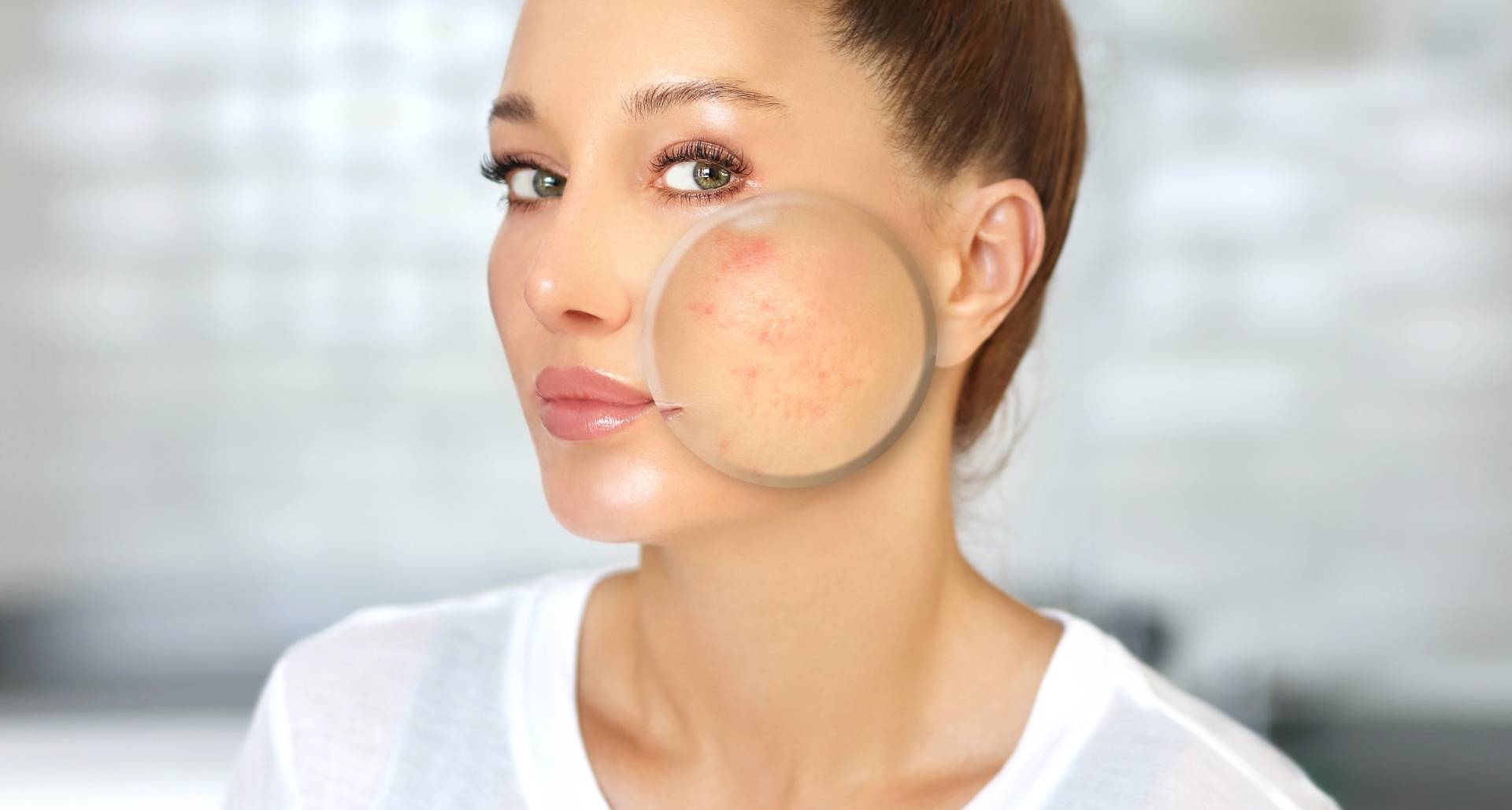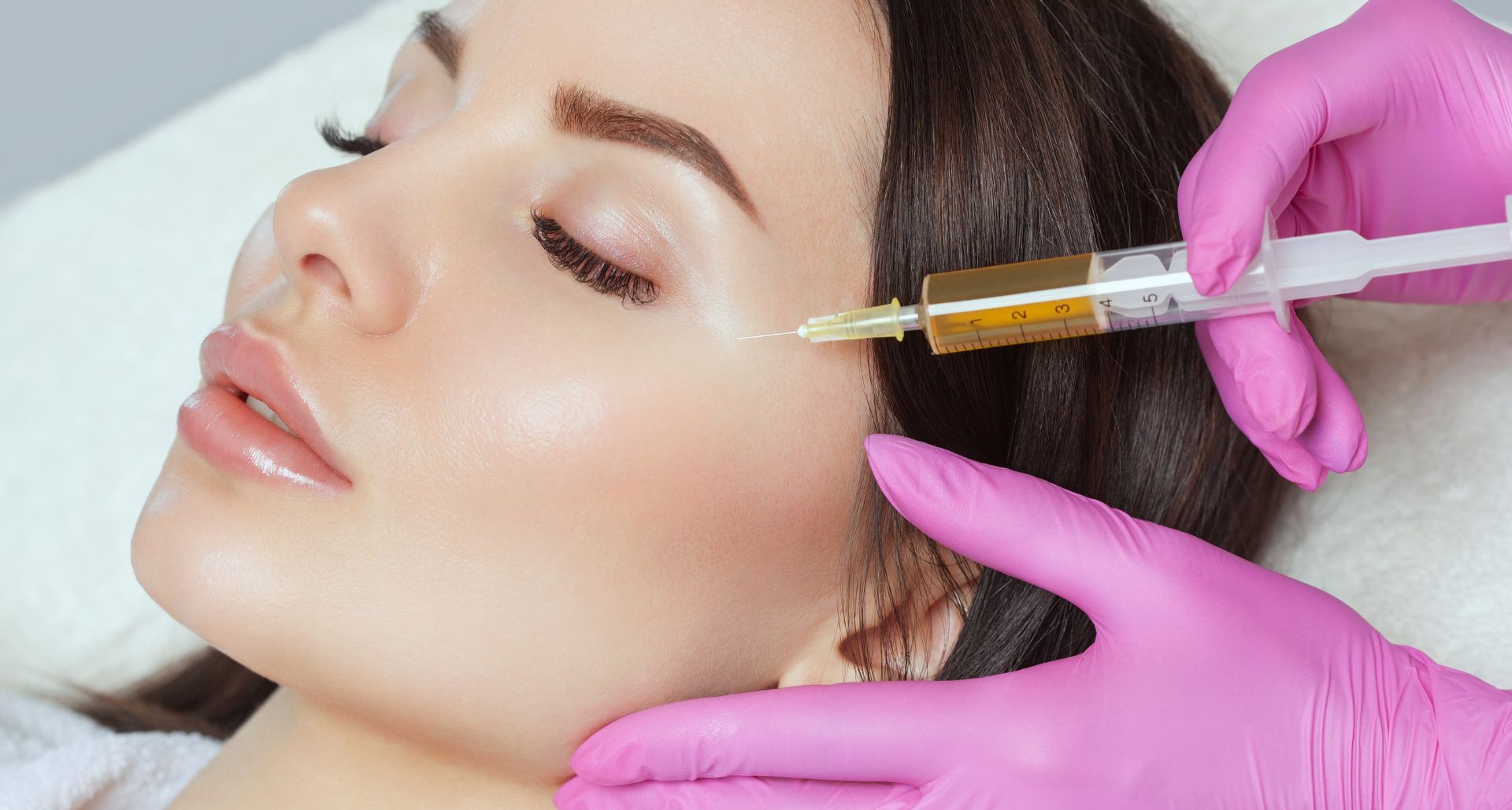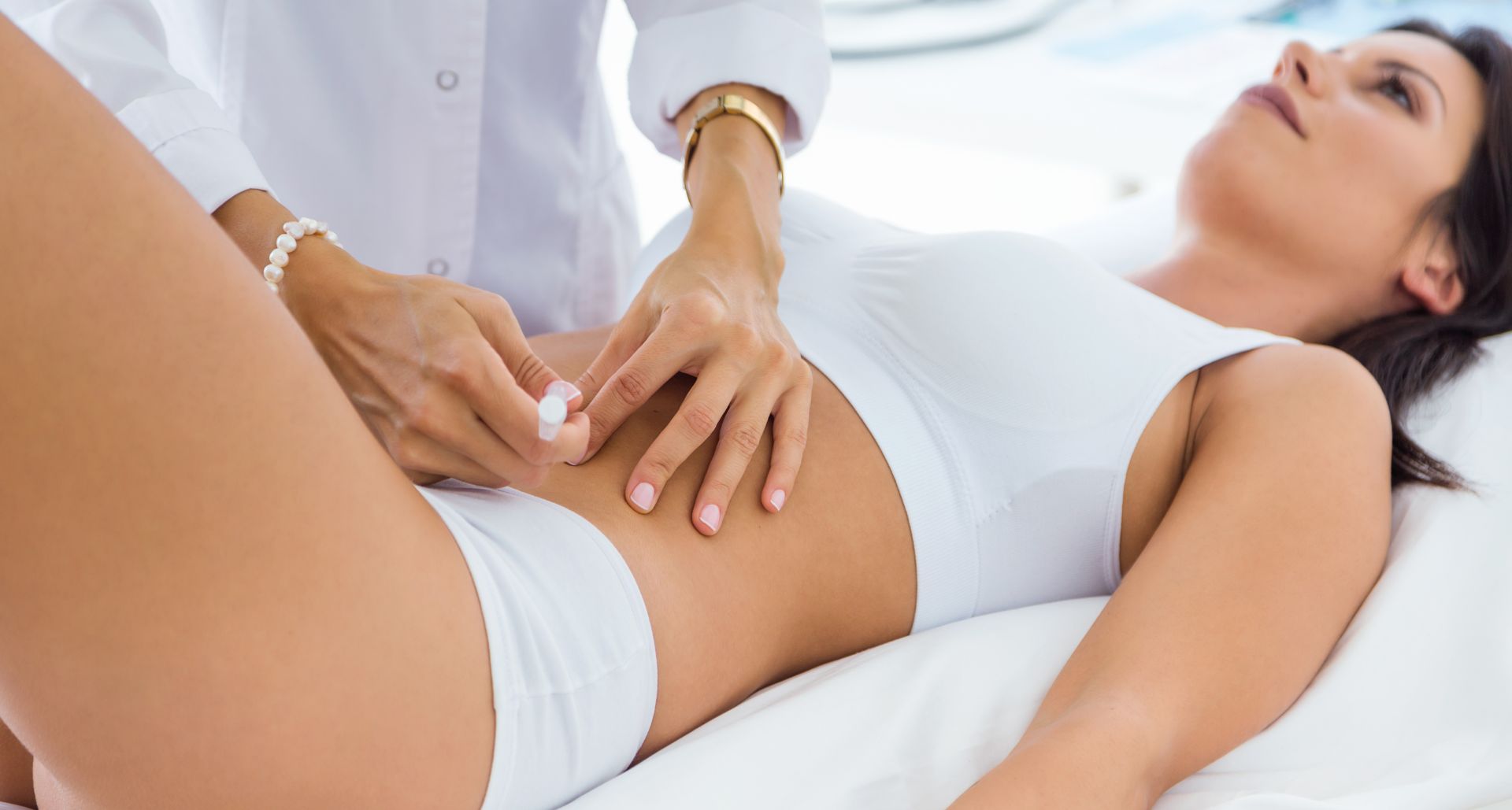Is Laser Treatment for Acne Scars Effective?
50 million people in the U.S. have experienced some type of acne at some point in their lives. About 15% of them have had a more severe form of acne that left them with acne scars. This means millions of people have to deal with facial scarring, a condition that does not pose any risks to their health but can lead to self-esteem issues and, in some cases, social isolation and anxiety.
Fortunately, laser therapy can now be used to reduce the appearance of facial acne scars. Also known as laser resurfacing, laser acne scar removal is a non-invasive, outpatient procedure that can stimulate collagen production and improve skin texture and firmness. The result is significantly smoother skin with less visible acne scars, or even their complete disappearance, depending on the severity of the condition.
What are the different types of acne scars?
Acne scars are not all the same. Some of them can permanently mark your skin, while others can heal on their own. Sometimes, the only consequence of your acne can only be a slight discoloration of the skin. Other times, more severe scars can fail to heal without proper treatment.

Boxcar scars are present at different levels of deepness and appear like small craters in the skin. Often U-shaped marks, boxcar scars have sharp edges.
Ice pick scars affect the deeper layer of the skin and resemble puncture marks. They can sometimes look like chickenpox scars.
Rolling scars are bands of thickened scar tissue and leave wide indentations on the skin. Due to their round edges and shape, they often resemble ripples.
Acne can cause every type of scar mentioned above. Boxcar acne scars, ice pick acne scars, and rolling acne scars are all atrophic scarring. Atrophic acne scars appear as a consequence of a severe form of acne breakout and can affect deeper layers of your skin. Your body will try to repair itself and activate its natural wound healing process, triggering a boost of collagen formation to heal the skin.
However, there are times when the natural wound healing response is not enough to completely heal the affected area despite the additional production of collagen. While the acne may heal, the body's natural response may leave behind a noticeable difference in the color and texture of the skin. In this case, the collagen production is not enough to completely heal the affected skin area.
Raised scars, on the other hand, are fleshy bumps that appear on the skin when too much collagen has been produced by your body as a response to the acne breakout. However, raised scars are less likely to appear on the face and more often occur on the back and chest.

What is laser acne scar removal?
Laser acne scar removal is a non-surgical procedure that can help your body complete the healing process it started on its own. Dermatology uses different types of lasers to treat different types of facial scars. There is no universal laser scar treatment, but following a consultation with your dermatologist and an assessment of your individual scars, you'll soon enough learn the best type of laser treatment for your acne scarring.
Currently, there are three common types of laser techniques used to reduce the appearance of scars:
Ablative lasers
Ablative laser treatment removes the thin upper layer of skin (epidermis) and heats the dermis to stimulate collagen production. As the epidermis heals, the skin will appear smoother and firmer. Ablative resurfacing is often recommended for deep scars, and it can be carbon dioxide laser, erbium laser, or a combination of the two.
Non-ablative lasers
Non-ablative laser treatment is less aggressive than ablative laser resurfacing. The therapy uses light to promote collagen growth and heal different scar types. Traditional non-ablative lasers are based on pulsed dye, erbium, and intense pulsed light (IPL).
Non-ablative lasers
Fractional laser treatment is a type of non-ablative laser treatment, but both ablative and non-ablative therapies can be performed using a fractional laser. Fractional laser resurfacing can break down what is causing skin discoloration and return the scarred tissue to the same color as the surrounding skin.

Does laser skin resurfacing have side effects?
Acne scar laser treatments are non-invasive procedures that require minimal recovery time and allow the patient to resume their normal activity the next day after the procedure. The skin will need 3 to 10 days after treatment to renew itself following resurfacing procedures.
Laser acne scar treatments pose a minimal risk to the patient's health but may have potential side effects. The adverse effects tend to be milder and less likely to happen when the patient is subjected to nonablative lasers than when they undergo ablative laser acne treatment.
Some of the most common side effects patients have experienced are redness, swelling, itching, and overall discomfort. Acne breakouts are also a possibility following the application of thick creams after the treatment, and so are cold sores if the herpes virus is already present in the skin.
In rare cases, patients have reported temporary hyperpigmentation following the cosmetic procedure, but there have also been cases of permanent changes in skin color, especially in the cases of people with darker skin color. That is why it is very important to discuss your options with your healthcare provider and only undergo laser acne scarring treatment approved by the FDA and performed using medical-grade technology.

Are the effects of the laser acne treatment permanent?
Laser skin resurfacing is an effective treatment of acne scars, but the results of the treatment depend on the types of scars, skin type, and severity of the condition. Your skin may be inflamed for a period after the treatment and look red and swollen. However, once the skin heals, the effects should last a long time.
Usually, ablative laser treatments deliver permanent results but the effects depend greatly on the form of your acne and the severity of the scarring. If the scarring is mild, light-based therapies have been shown to produce permanent results too, but there have been cases when additional treatments have been necessary to maintain the effects.
When laser treatment is used to treat skin discoloration, such as in the case of non-ablative fractional laser, there is always the possibility for some kind of pigmentation to reappear after a while. However, the improvement in scar appearance is usually long-lasting.
In most cases, patients undergoing skin resurfacing procedures to reduce acne scar appearance need multiple treatment sessions and have to wait a few weeks or months to see full results. Wearing sun protection, avoiding make-up for a few days, and moisturizing daily after the treatment will help your skin heal faster, reduce the average recovery time, and minimize the risk of infection.
Laser Acne Treatments in Tampa
Prime Aesthetica is the leading medical spa in Tampa. We've invested heavily to obtain the latest in laser technology and the most experienced medical professionals in order to deliver incredible results for our clients. Contact us today for a consultation, we'll examine your skin type, acne scars and their severity to create a treatment plan that achieves your goals. Come find out what makes ours, the best med spa in Tampa Bay!
Search





